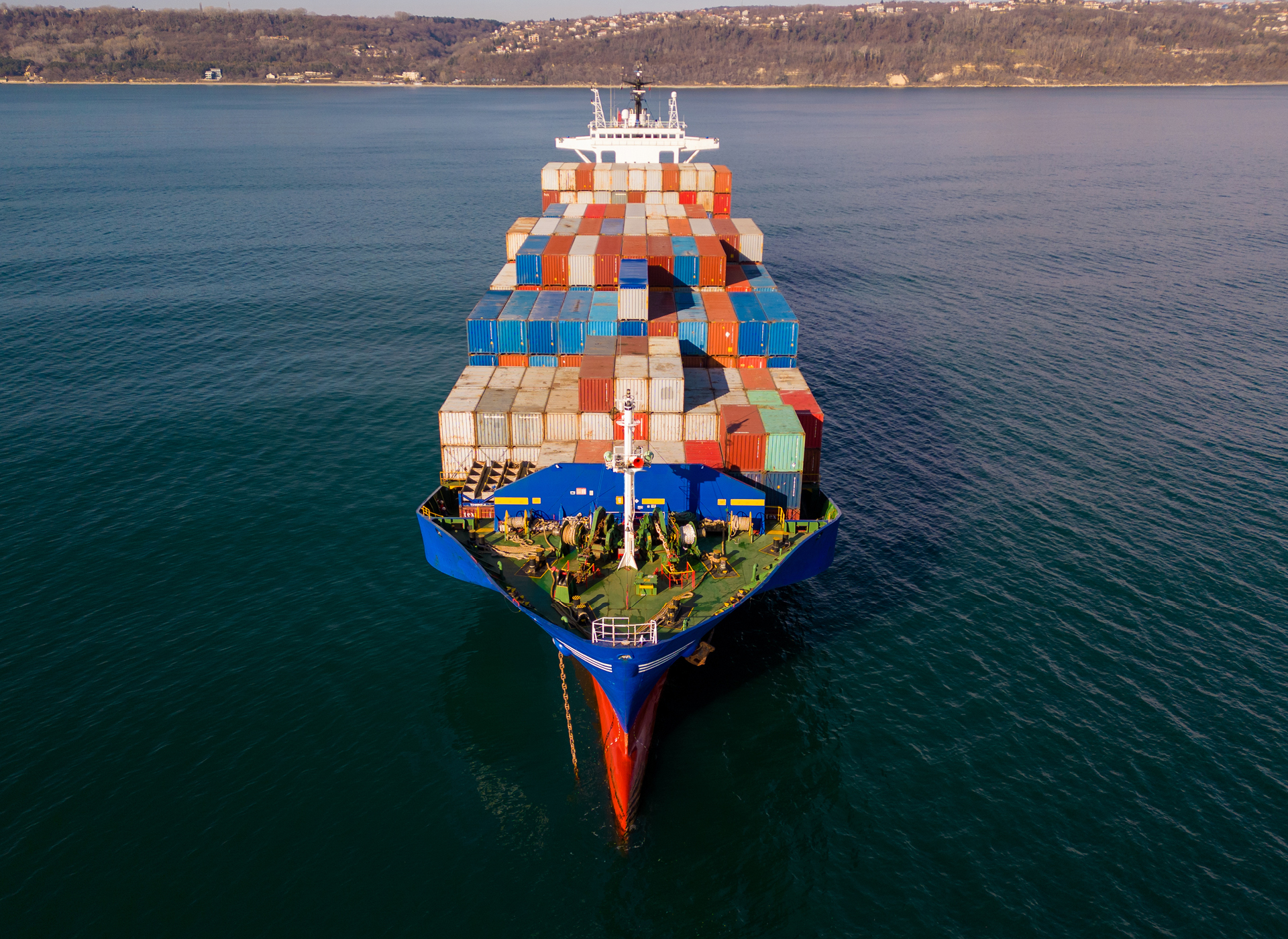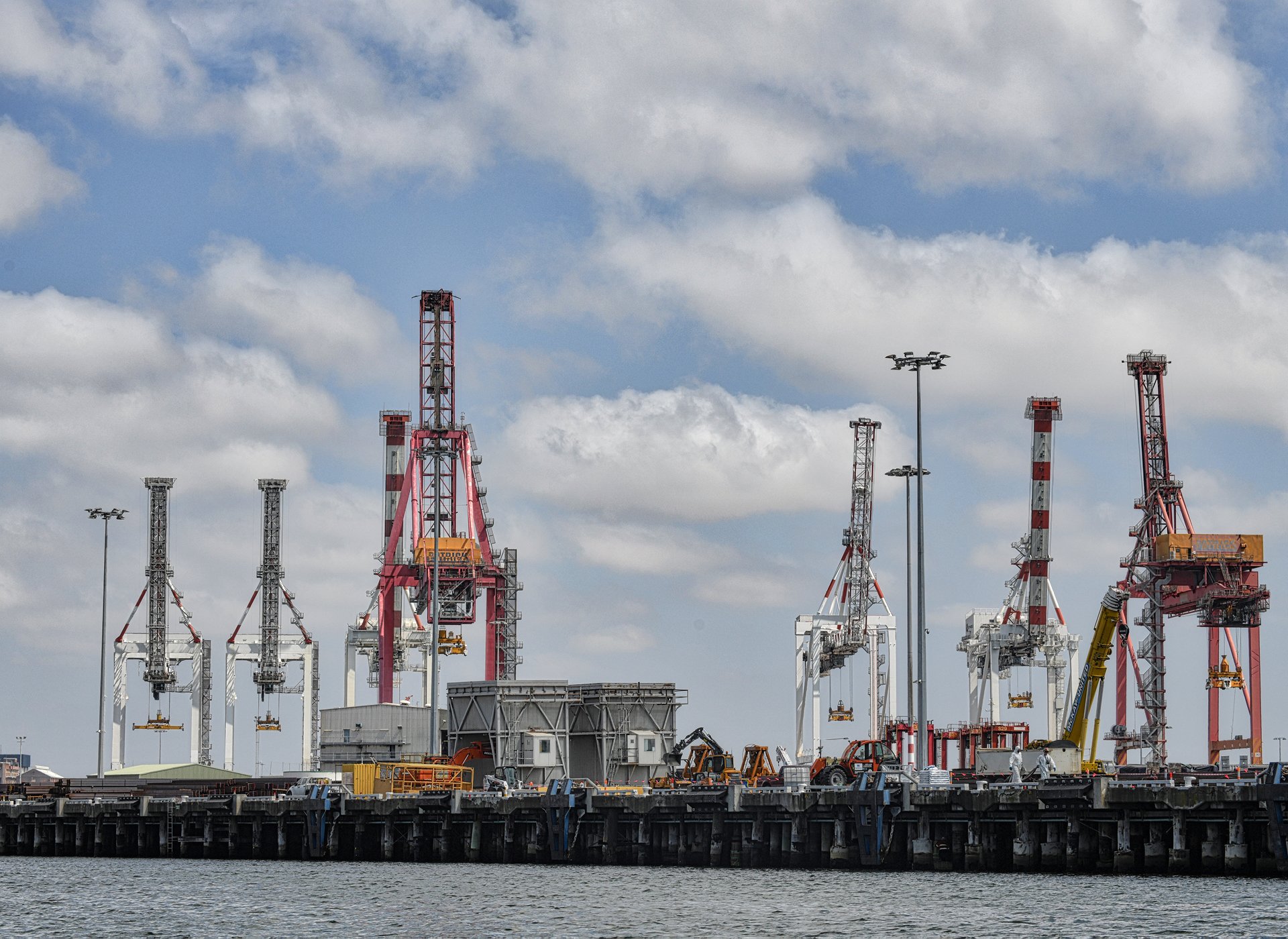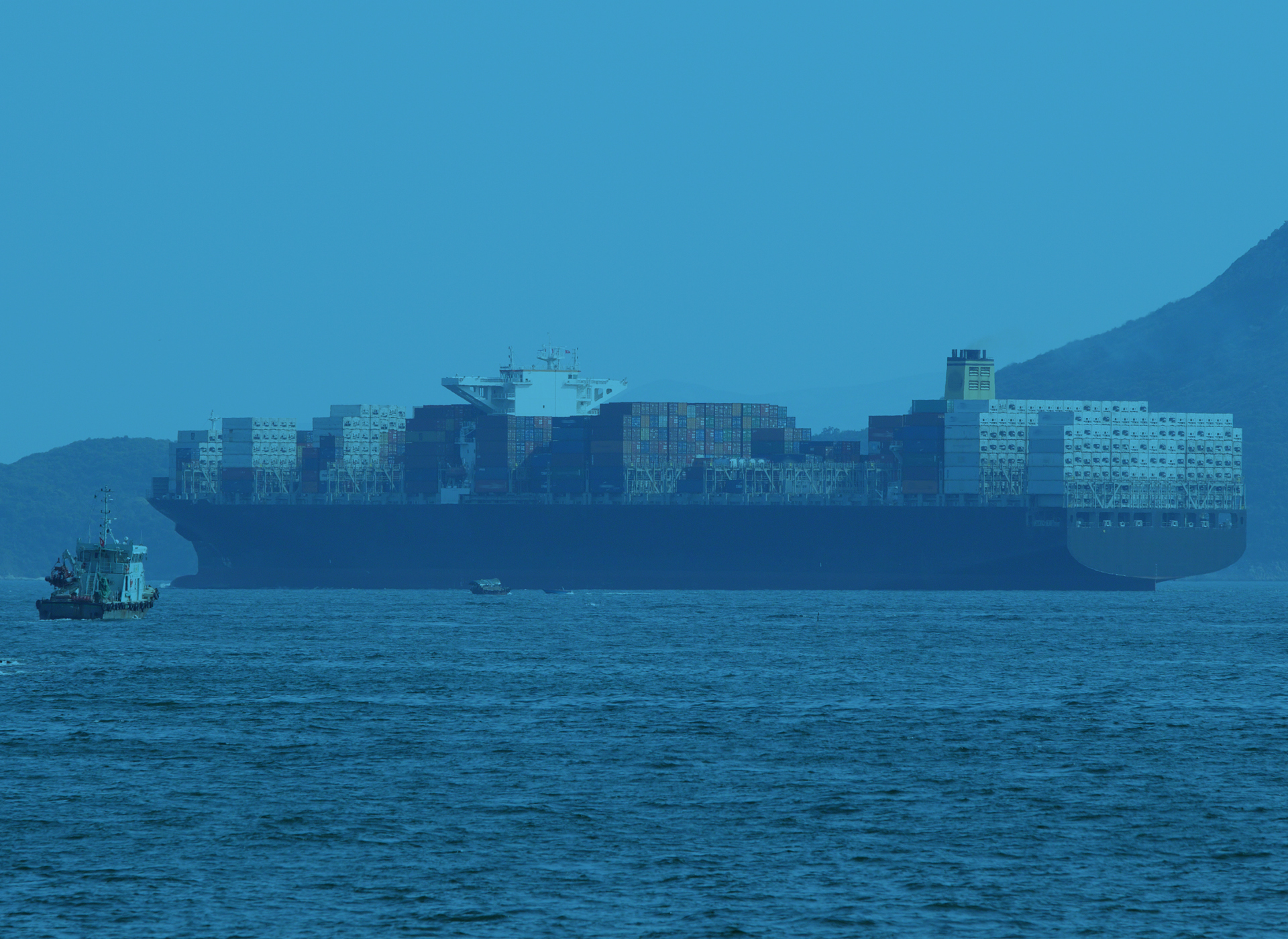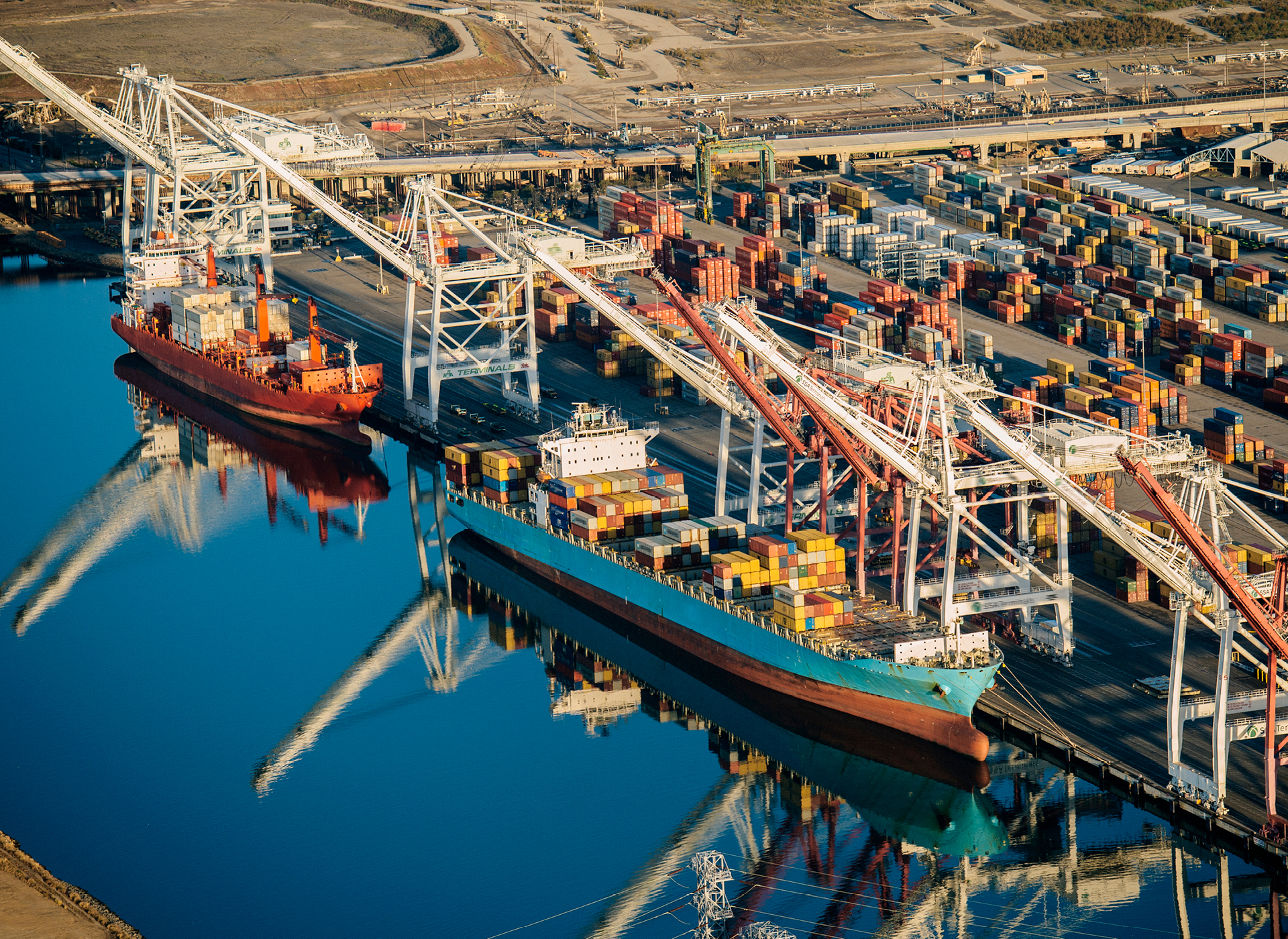Maritime transport represents the heart of international trade, with more than 80% of the world’s goods traveling by sea. However, the risks facing this industry have evolved dramatically in recent years, due to factors such as digitalization, the resurgence of piracy, and operational vulnerabilities. This article explores the main security challenges in maritime transport today, providing recent examples that reflect the severity of these threats.
Cyberattacks: A New Battlefield
Digital transformation has brought great benefits to the maritime industry, but it has also opened the door to cyberattacks that can cause serious disruption. Ports and ships are targets of increasingly sophisticated hacks that threaten the continuity of operations and the safety of crews.
An alarming example is the Port of Los Angeles, which reported nearly 40 million cyberattack attempts per month in 2022, highlighting the magnitude of this risk. These attacks seek to paralyze port operations, affect critical control systems or even divert vessels by jamming GPS signals. To counter these threats, the port has invested millions of dollars in cyber protection and developed one of the world’s first cyber resilience centers, working in collaboration with the FBI.
To mitigate these risks, port authorities and shipping companies have adopted preventive measures such as implementing advanced firewalls, encrypting data and training staff in cybersecurity.

Most recently, in March 2023, the Port of Sydney fell victim to a cyber attack that disrupted its logistics systems. Hackers accessed key databases, causing cargo control systems to crash and creating significant delays in the supply chain. Despite the authorities’ rapid response and the implementation of backup systems, full recovery took several days. Another significant incident occurred in 2020, when CMA CGM, one of the world’s largest shipping companies, suffered a ransomware cyberattack that paralyzed its global operations for several days. This attack not only delayed cargo processing, but also exposed the vulnerability of shipping companies to digital threats.
A ransomware attack is a type of cyberattack that involves the use of malicious software designed to block access to a victim’s data or systems, usually by encrypting files.
Piracy: Resurgence Alarms Shipping Companies
Although piracy seemed to be a controlled problem, it has re-emerged in several key regions, seriously affecting global trade routes. The most dangerous areas include the Gulf of Guinea and the Gulf of Aden, where pirate attacks have not only increased in frequency, but have also become more violent and sophisticated.
Gulf of Guinea: Organized Pirates and Mafia Networks
In the Gulf of Guinea, a crucial route for oil tankers transporting crude oil to Europe and America, pirates are often linked to mafia networks operating in territorial waters. These pirates not only steal crude oil to sell to illegal refineries but have also gone so far as to destroy ships and their cargo. This region is particularly dangerous due to the proximity of attacks to the coasts, allowing pirates to execute their raids quickly and escape to land.
In 2024, 33 piracy incidents were reported worldwide in just the first three months of the year, 24 of them involving boardings and at least two involving hijackings using firearms. Vessels transiting the Gulf of Guinea face high risk, leading many companies to hire private security or reroute, increasing operating costs.
Gulf of Aden and Houthi Actions
In the Gulf of Aden, a key gateway to the Red Sea and the Suez Canal, the resurgence of piracy has been driven in part by Somali pirates, who resort to this practice due to the lack of economic opportunities in the region. These pirates focus on hijacking ships for ransom, seriously affecting maritime traffic on one of the busiest routes in the world. In addition to Somali pirates, recent years have seen the added threat of the Houthis, a Yemeni insurgent group that has stepped up its attacks in the region as part of the ongoing civil war in Yemen. The Houthis have adopted advanced tactics, such as using unmanned explosive boats and guided missiles to attack commercial and military vessels in the Red Sea. These attacks not only disrupt trade, but also pose a serious risk to the safety of crews.
The increasing activity of pirates and Houthis in these regions has forced many shipping companies to reroute their routes, significantly increasing costs and delivery times.

A recent example took place in August 2024, when a Greek-flagged oil tanker was attacked by the Houthis in the Red Sea using explosives. The attack left the tanker adrift, causing concern about the risk of oil spills in one of the world’s most important trade routes. The explosives reportedly severely damaged the ship’s hull, forcing international authorities to intervene to prevent an environmental catastrophe and bring the situation under control. This incident underscores the ongoing risk faced by ships transiting the Red Sea and the Houthis’ ability to carry out sophisticated attacks that impact the security of maritime routes.
Global Impact and Security Measures
These attacks are estimated to have affected approximately 13% of global maritime traffic, with a 50% reduction in vessels transiting these dangerous areas.
In response, international military cooperation has been key to containing piracy. In the Gulf of Guinea, for example, Canada has sent warships to train the Nigerian navy in counter-piracy. In the Gulf of Aden, the Saudi-led coalition and other international navies regularly patrol the Red Sea to protect trade routes from Houthi and Somali attacks. However, these measures, although effective in the short term, do not eliminate the risk of piracy or resolve the underlying causes of conflict in the region.

